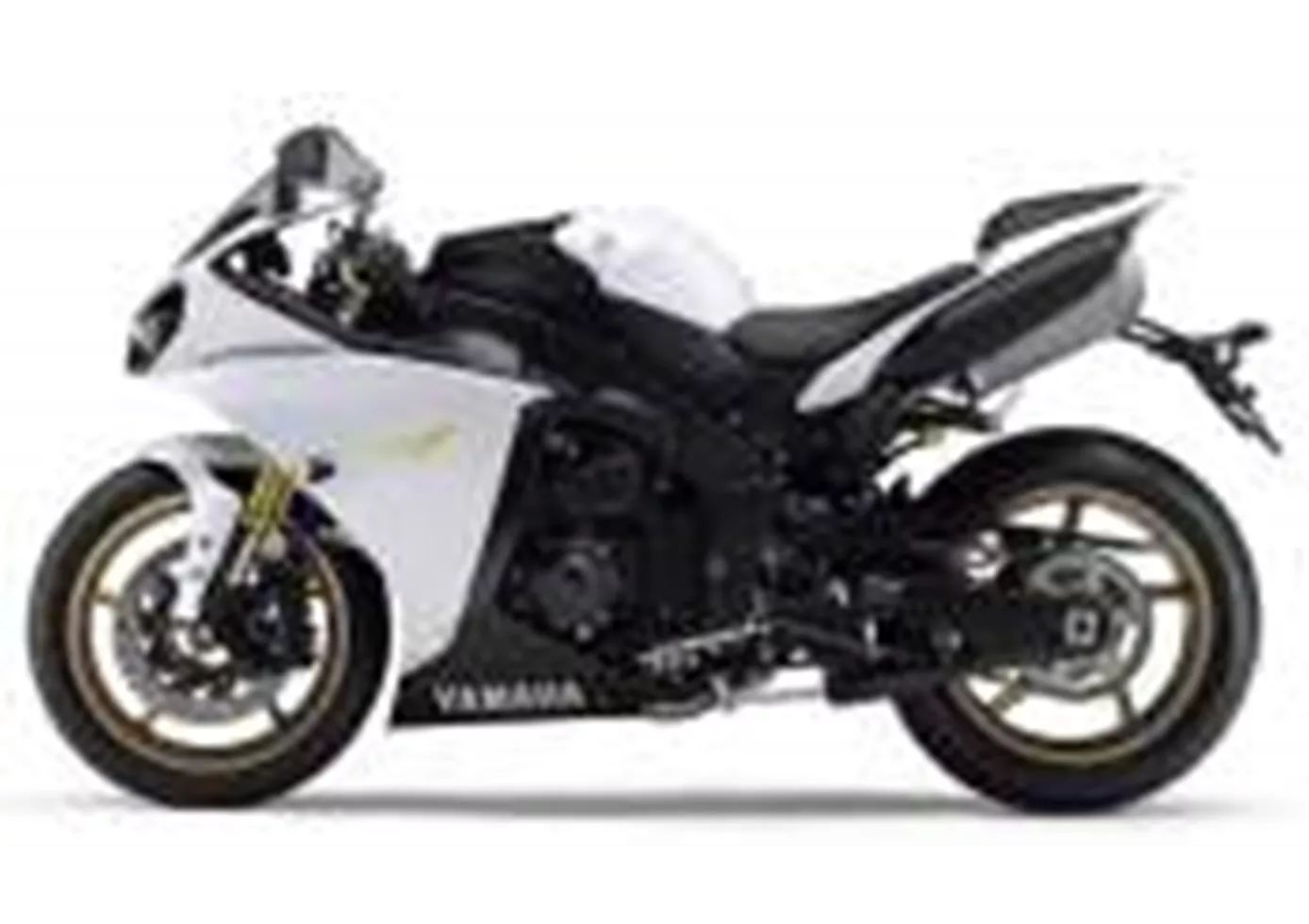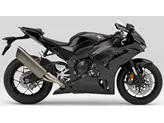Kawasaki Ninja ZX-10R 2012 vs. Yamaha R1 2012

Kawasaki Ninja ZX-10R 2012

Yamaha R1 2012
Overview - Kawasaki Ninja ZX-10R 2012 vs Yamaha R1 2012
The Kawasaki Ninja ZX-10R 2012 and the Yamaha R1 2012 are both high-performance supersport motorcycles that offer impressive specifications and features. However, there are some notable differences between the two models.
In terms of engine performance, the Kawasaki Ninja ZX-10R 2012 comes out on top with its 200.1 HP engine power, compared to the Yamaha R1 2012's 182 HP. This gives the Ninja ZX-10R a slight advantage in terms of raw power and acceleration. Additionally, the Ninja ZX-10R has a torque of 114.3 Nm, while the R1 has a torque of 115.5 Nm, indicating that both bikes have similar levels of torque.
Both motorcycles feature a 998ccm engine with four cylinders, ensuring a smooth and efficient power delivery. The Yamaha R1 has a slightly larger bore of 78mm compared to the Kawasaki's 76mm, while the Kawasaki has a longer stroke of 55mm compared to the Yamaha's 52.2mm. These differences in bore and stroke may result in slight variations in power delivery and engine characteristics.

Kawasaki Ninja ZX-10R 2012
In terms of suspension, both motorcycles feature upside-down telescopic forks in the front, providing excellent stability and control during aggressive riding. The chassis of both bikes is made of aluminum, ensuring a lightweight and rigid structure that enhances handling and maneuverability.
When it comes to braking performance, the Kawasaki Ninja ZX-10R 2012 has a double disk front brake system, which offers reliable stopping power. However, it is worth noting that the braking performance may diminish over time, which could be a potential weakness. On the other hand, the Yamaha R1 2012 has a relatively weak braking system, which may be a drawback for riders who prioritize strong braking capabilities.

Yamaha R1 2012
In terms of dimensions and weights, the Yamaha R1 2012 is slightly larger and heavier than the Kawasaki Ninja ZX-10R 2012. The R1 has a wheelbase of 1415mm, compared to the Ninja ZX-10R's 1115mm, which may affect the bike's maneuverability and agility. The R1 also has a higher seat height of 835mm, while the Ninja ZX-10R has a seat height of 813mm. Additionally, the R1 has a kerb weight of 206kg, while the Ninja ZX-10R weighs 198kg. These differences in weight and dimensions may impact the overall handling and performance of the motorcycles.
In terms of additional features, the Kawasaki Ninja ZX-10R 2012 offers ABS and traction control, which enhances safety and stability during aggressive riding. The Yamaha R1 2012, on the other hand, is praised for its pleasant vibration level, strong engine, precise transmission, and high-quality impression. The R1 also offers good traction control, which further enhances its performance and handling.
In conclusion, both the Kawasaki Ninja ZX-10R 2012 and the Yamaha R1 2012 are powerful and capable supersport motorcycles. The Ninja ZX-10R offers a slight advantage in terms of engine power, while the R1 excels in terms of vibration level and overall quality. Ultimately, the choice between the two models will depend on the rider's preferences and priorities, whether it be raw power, handling, or additional features.
Technical Specifications Kawasaki Ninja ZX-10R 2012 compared to Yamaha R1 2012
Pros and Cons in comparison
Pros and Cons in comparison
Kawasaki Ninja ZX-10R 2012

Pour aucune autre moto, les pilotes d'essai n'auraient autant souhaité pouvoir mettre la main à la pâte, au moins un peu. Car la Ninja ZX-10R est une moto qui offre une excellente base pour la piste de course. Contrairement aux trois autres japonaises, elle est radicale et offre des performances de pointe compétitives par rapport à BMW et Ducati.
Yamaha R1 2012

Dans l'ensemble, la R1 de l'année modèle 2012 se voit attribuer le rôle ingrat de moto sportive confortable et facile à conduire. D'un point de vue pragmatique, ce n'est pas forcément une mauvaise chose, mais essayez de le faire comprendre à vos amis au bistrot.
Price Comparison Avarage Market Price Kawasaki Ninja ZX-10R vs Yamaha R1
There are a few key differences between a Kawasaki Ninja ZX-10R 2012 and a Yamaha R1 2012. It takes less time to sell a Yamaha R1 with 64 days compared to 97 days for the Kawasaki Ninja ZX-10R. Since model year 2005 1000PS.de editors have written 51 reviews for the Kawasaki Ninja ZX-10R and 80 reviews for the Yamaha R1 since model year 2005. The first review for the Kawasaki Ninja ZX-10R was published on 1/11/2004 and now has more than 2,900 views. This compares to more than 3,900 views for the first review on Yamaha R1 published on 4/28/2003.


















